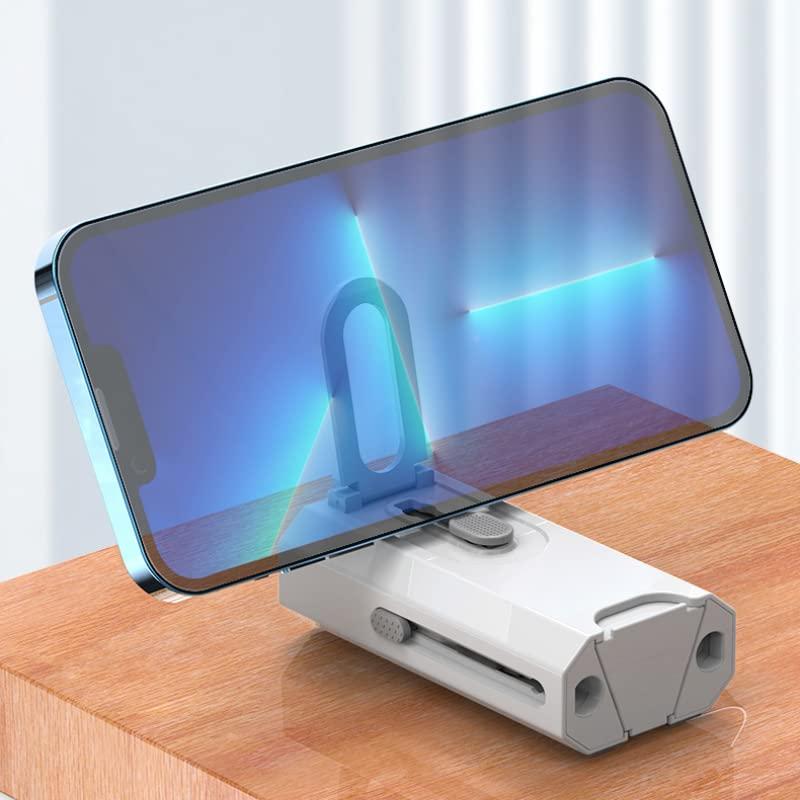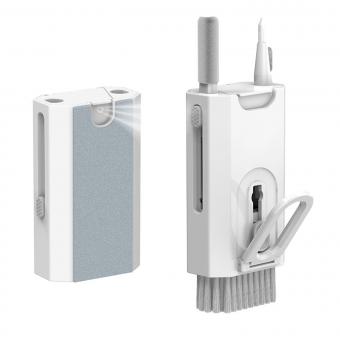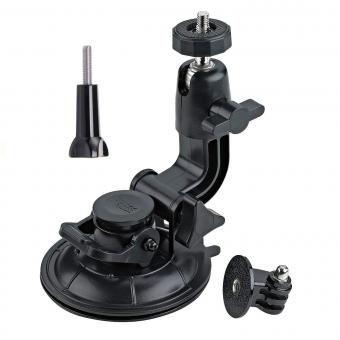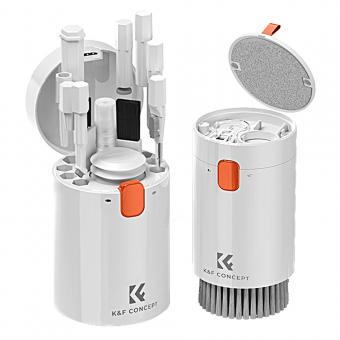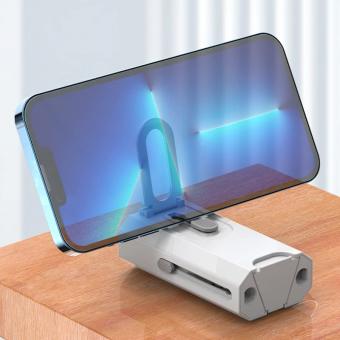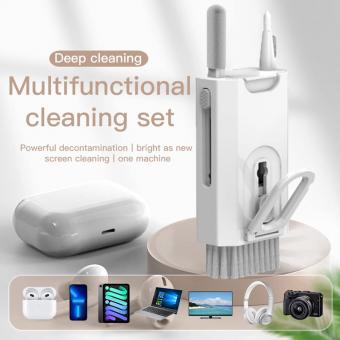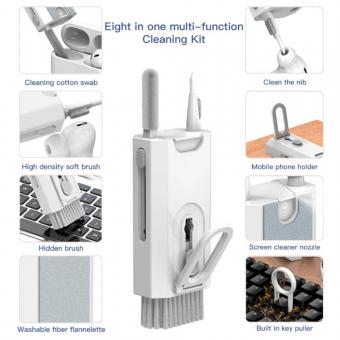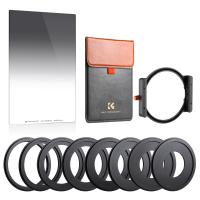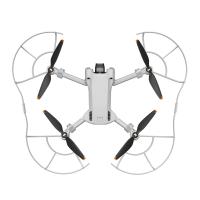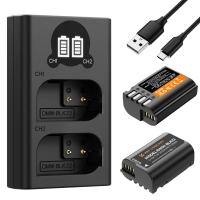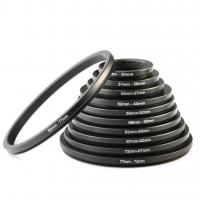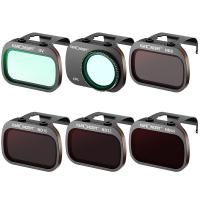How To Clean Your Macbook Keyboard ?
To clean your MacBook keyboard, start by turning off your MacBook and disconnecting it from any power source. Use a can of compressed air to blow away any loose debris or dust from the keyboard. Next, dampen a lint-free cloth with a small amount of isopropyl alcohol or a mild cleaning solution. Gently wipe the keys and the surrounding areas, being careful not to let any liquid seep into the keyboard. For stubborn stains or grime, you can use a soft-bristled brush or a cotton swab dipped in the cleaning solution. Finally, allow the keyboard to air dry completely before turning on your MacBook.
1、 Removing debris from the keyboard
Removing debris from the keyboard is an essential part of maintaining your MacBook and ensuring its longevity. Over time, dust, crumbs, and other particles can accumulate between the keys, affecting their performance and potentially causing damage. Here's a step-by-step guide on how to clean your MacBook keyboard effectively:
1. Shut down your MacBook: Before cleaning the keyboard, make sure to turn off your MacBook and unplug it from any power source. This will prevent any accidental keystrokes or damage.
2. Turn your MacBook upside down: Gently flip your MacBook upside down to allow any loose debris to fall out. Lightly tap the bottom to dislodge any stubborn particles.
3. Use compressed air: With the MacBook still upside down, use a can of compressed air to blow away any remaining debris. Hold the can upright and use short bursts of air between the keys. Be careful not to tilt the can or spray too close to the keyboard, as this can damage the keys.
4. Wipe the keys: Moisten a microfiber cloth with a small amount of isopropyl alcohol or a mild cleaning solution. Gently wipe the keys in a circular motion, removing any smudges or stains. Avoid using excessive liquid, as it can seep into the keyboard and cause damage.
5. Clean the gaps: To clean the gaps between the keys, use a soft-bristled brush or a clean, dry toothbrush. Gently brush between the keys to remove any remaining debris.
6. Let it dry: Allow your MacBook keyboard to air dry for a few minutes before turning it back on. Ensure that it is completely dry before using it again.
It's important to note that the latest MacBook models feature a butterfly mechanism keyboard, which is more prone to issues with debris. Apple has acknowledged this and introduced a silicone membrane in the newer models to prevent debris from entering the keys. However, it's still crucial to regularly clean your MacBook keyboard to maintain its performance and prevent any potential problems.
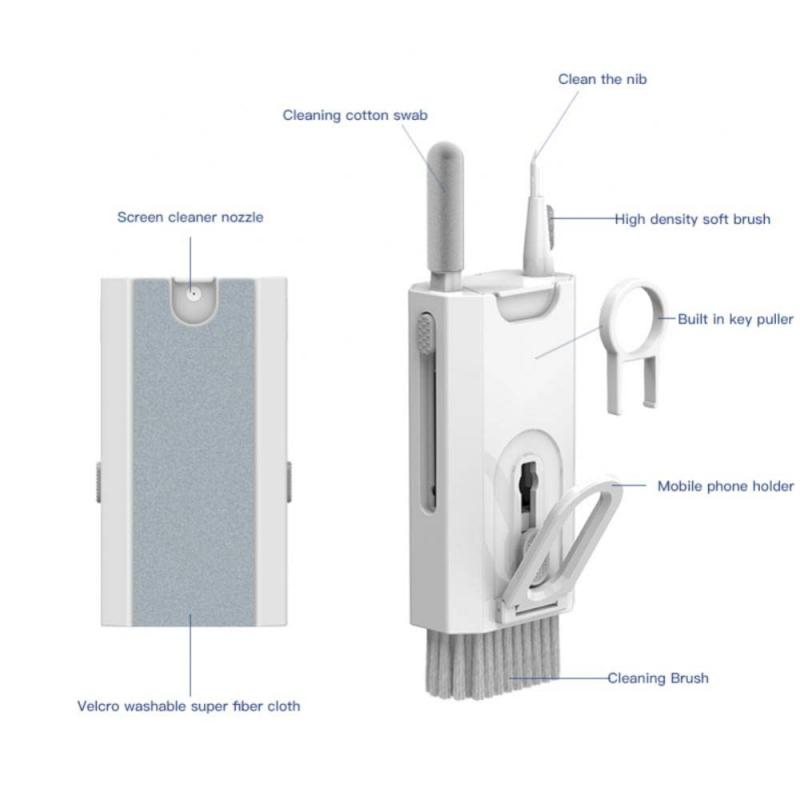
2、 Cleaning the keys and keycaps
Cleaning the keys and keycaps of your MacBook keyboard is essential to maintain its functionality and appearance. Over time, dust, dirt, and debris can accumulate between the keys, affecting their responsiveness and causing them to stick. Here's a step-by-step guide on how to clean your MacBook keyboard effectively:
1. Turn off your MacBook and unplug it from the power source. This will prevent any accidental damage while cleaning.
2. Use a can of compressed air to blow away loose debris and dust from the keyboard. Hold the can upright and spray in short bursts between the keys. This will dislodge any particles that may be trapped.
3. Dampen a microfiber cloth with a small amount of isopropyl alcohol or a mild cleaning solution. Make sure the cloth is not dripping wet, as excess liquid can damage the keyboard.
4. Gently wipe the keys and keycaps with the damp cloth. Pay extra attention to areas that appear dirty or sticky. Avoid using excessive force, as it may cause the keys to become loose or damaged.
5. For stubborn stains or grime, you can use a soft-bristled toothbrush dipped in the cleaning solution. Gently scrub the affected keys in a circular motion to remove the dirt.
6. Once you have cleaned all the keys, use a dry microfiber cloth to wipe away any remaining moisture. Ensure that the keyboard is completely dry before turning on your MacBook.
It's important to note that the latest MacBook models, such as the MacBook Pro with the Magic Keyboard, have a redesigned keyboard mechanism that is less prone to debris accumulation. However, regular cleaning is still recommended to maintain optimal performance.
By following these steps, you can keep your MacBook keyboard clean and in good working condition. Remember to clean your keyboard regularly to prevent buildup and ensure a smooth typing experience.
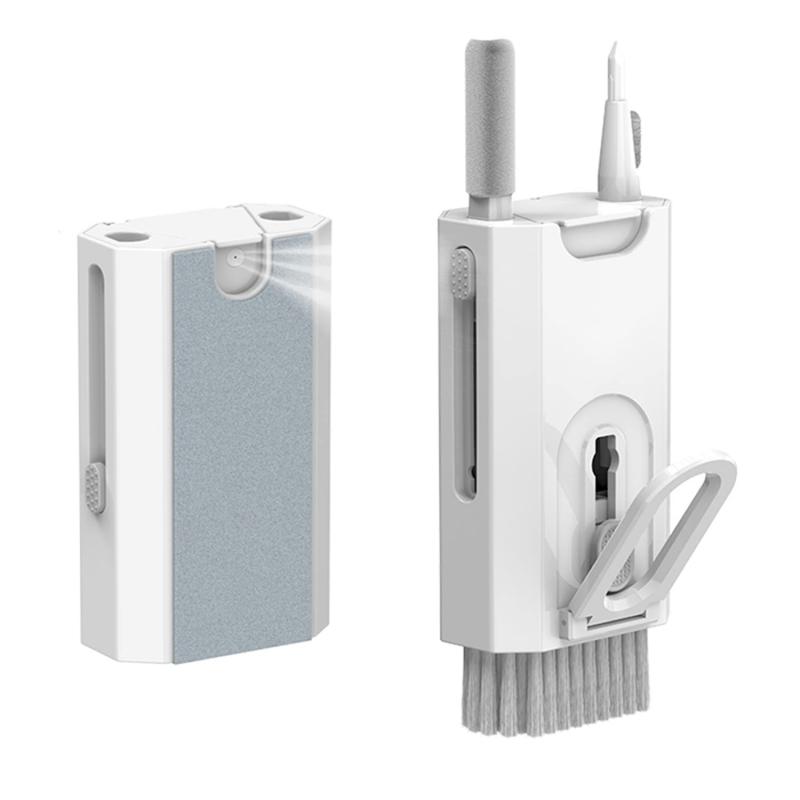
3、 Disinfecting the keyboard surface
Disinfecting the keyboard surface of your MacBook is an essential step in maintaining a clean and hygienic device, especially in light of recent events. Here's a guide on how to clean your MacBook keyboard effectively:
1. Power off your MacBook: Before starting the cleaning process, make sure to turn off your MacBook and unplug it from any power source. This will prevent any potential damage to the device.
2. Gather cleaning supplies: You will need a soft, lint-free cloth, isopropyl alcohol (70% concentration or higher), and cotton swabs. Isopropyl alcohol is effective in killing germs and disinfecting surfaces.
3. Dampen the cloth: Moisten the cloth with a small amount of isopropyl alcohol. Ensure that it is not dripping wet, as excess liquid can damage the keyboard.
4. Gently wipe the keyboard: Use the damp cloth to wipe the keyboard surface, paying attention to the keys and the spaces in between. Avoid excessive pressure or scrubbing, as it may damage the keys.
5. Clean the crevices: Dip a cotton swab in isopropyl alcohol and carefully clean the hard-to-reach areas, such as the edges of the keys and the spaces between them. Be gentle to avoid dislodging any keys.
6. Allow it to dry: Let your MacBook air dry for a few minutes before turning it back on. This will ensure that any remaining moisture evaporates completely.
It's important to note that Apple recommends avoiding excessive use of liquids when cleaning your MacBook keyboard. Additionally, it's always a good idea to refer to the latest guidelines from health authorities regarding disinfection practices, as they may provide specific recommendations during times of heightened concern.
Regularly cleaning and disinfecting your MacBook keyboard can help maintain a hygienic workspace and reduce the risk of spreading germs.
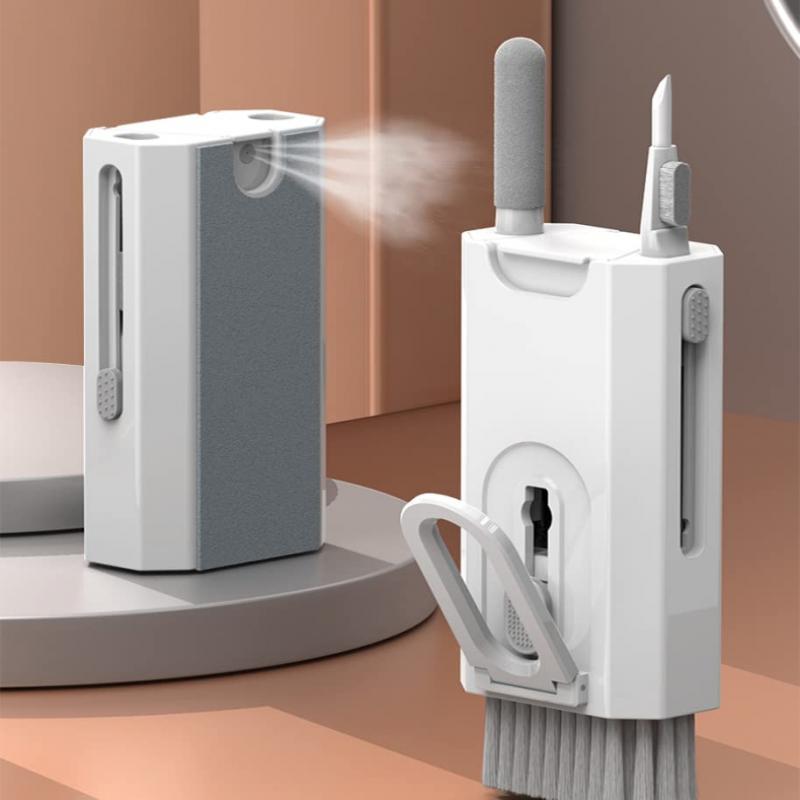
4、 Using compressed air to remove dust and dirt
Using compressed air to remove dust and dirt is one of the most effective ways to clean your MacBook keyboard. Over time, dust, crumbs, and other debris can accumulate between the keys, affecting their performance and overall cleanliness. Regularly cleaning your keyboard not only helps maintain its functionality but also prevents the buildup of bacteria and germs.
To clean your MacBook keyboard using compressed air, follow these steps:
1. Shut down your MacBook and unplug it from the power source.
2. Hold the can of compressed air upright and gently insert the nozzle between the keys.
3. Begin spraying short bursts of air, moving from left to right and top to bottom. Be careful not to tilt the can, as this can release liquid propellant.
4. Pay extra attention to areas where debris is more likely to accumulate, such as the spacebar and the edges of the keys.
5. Repeat the process as necessary until all visible dust and dirt have been removed.
It's important to note that while compressed air is effective in removing loose debris, it may not be sufficient for sticky or stubborn stains. In such cases, you can use a soft, lint-free cloth slightly dampened with water or a mild cleaning solution specifically designed for electronics. Gently wipe the keys and the surrounding areas, being cautious not to apply excessive moisture.
Additionally, it's advisable to clean your MacBook keyboard in a well-ventilated area to avoid inhaling the dust particles that may be released during the cleaning process.
In conclusion, using compressed air to remove dust and dirt is a quick and efficient method to clean your MacBook keyboard. Regular maintenance of your keyboard will help ensure its longevity and keep it in optimal condition.
